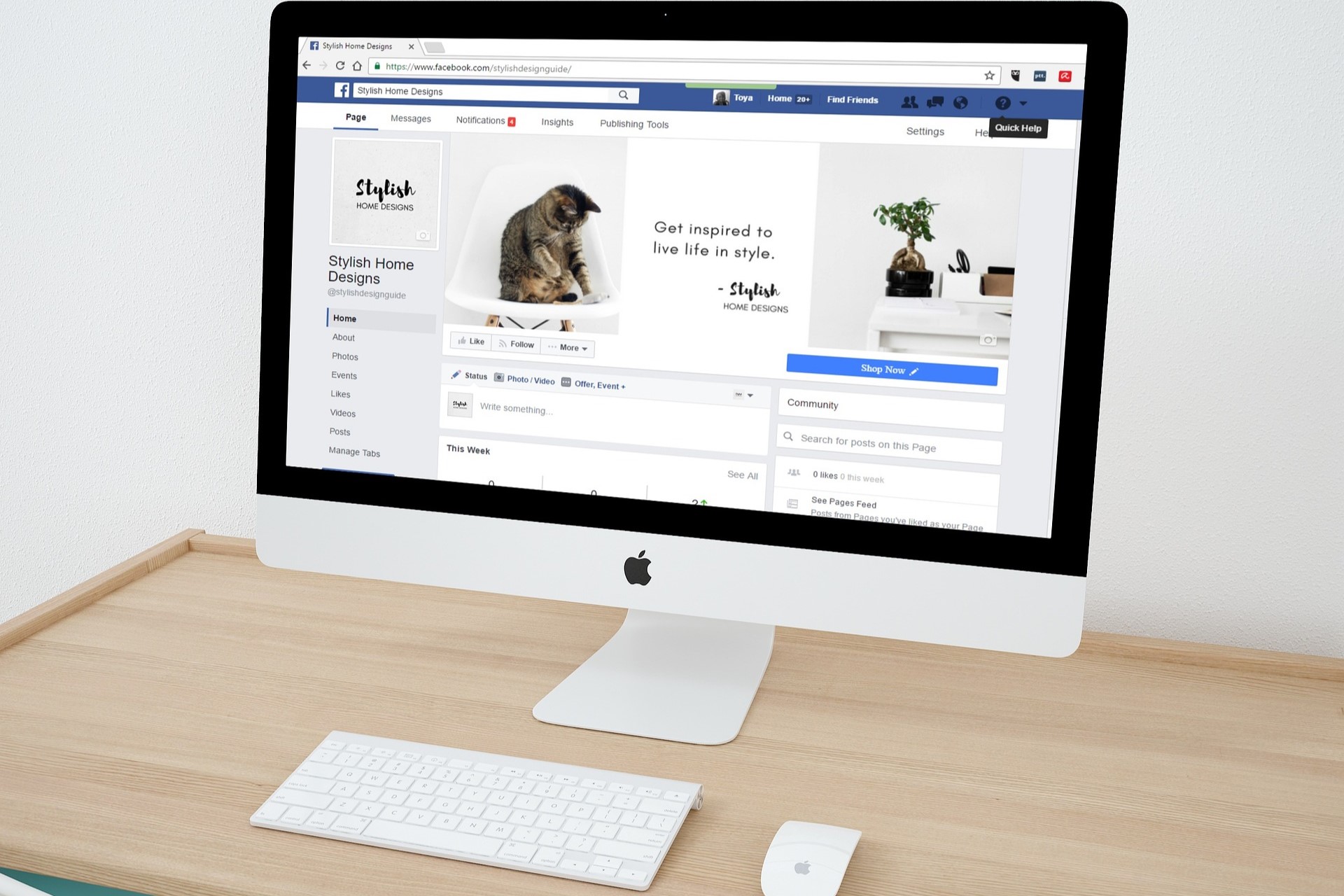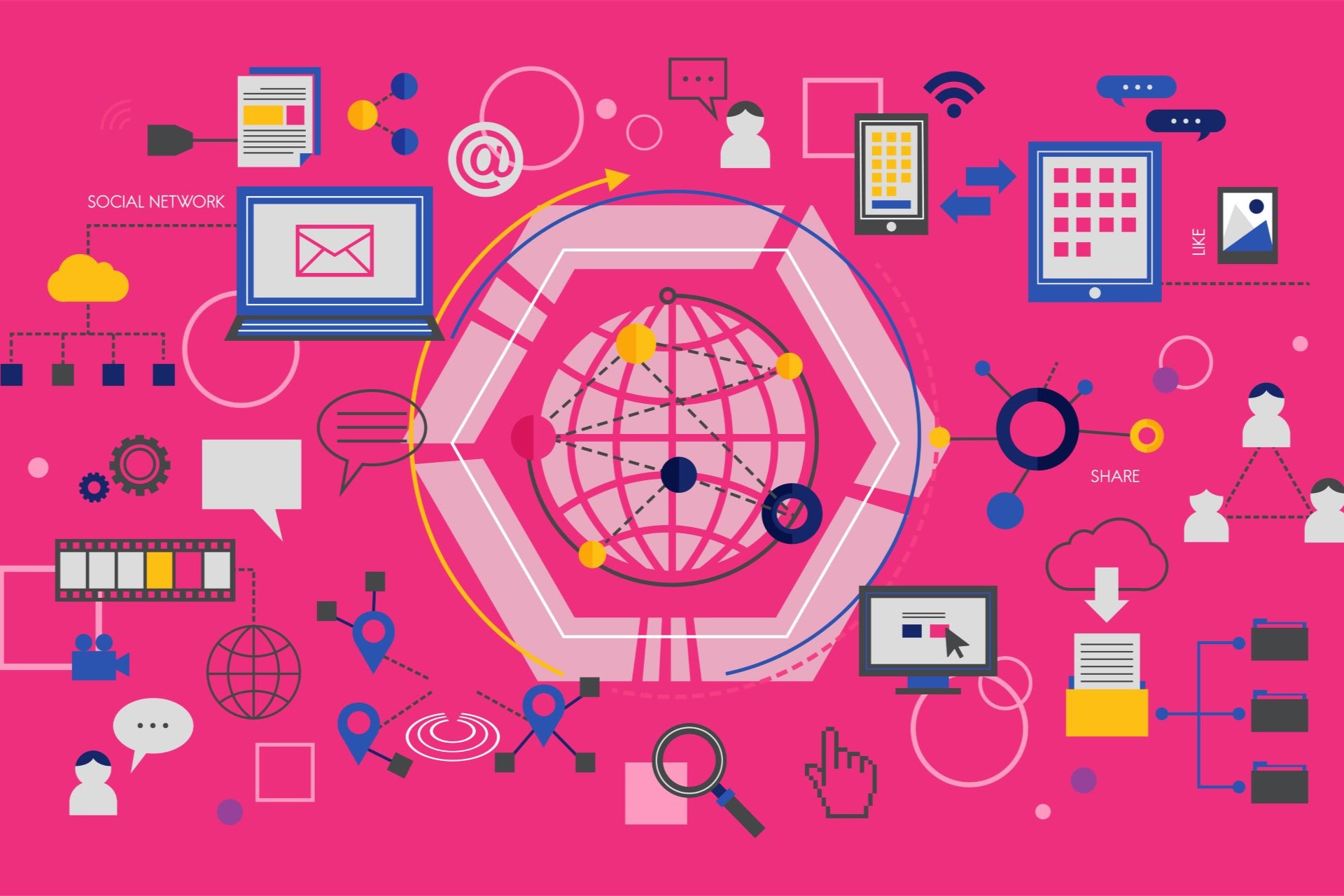In today’s digital age, where social media platforms reign supreme, monitoring Facebook activity has become a crucial task for employers. With millions of users engaging on Facebook daily, the insights gained from monitoring employee activity can offer valuable information and implications for businesses.
Understanding Facebook Activity
Types of activities on Facebook
Facebook, being one of the most popular social media platforms, hosts a multitude of activities:
- Personal updates: Users often share personal updates about their lives, such as milestones, achievements, or significant events.
- Sharing content: Users share various types of content, including articles, photos, videos, and links to external websites.
- Networking: Facebook facilitates networking by allowing users to connect with friends, family, colleagues, and professionals. Networking activities may include adding new connections, joining groups, or attending events.
- Engaging in discussions: Users participate in discussions on a wide range of topics, from current events and news to hobbies and interests. This can involve commenting on posts, sharing opinions, or participating in group discussions.
Understanding these diverse activities provides employers with insights into employee behavior, interests, and interactions within the online community.
Frequency of usage
Monitoring the frequency of employee Facebook usage involves tracking how often employees access the platform:
- Level of engagement: Examining how frequently employees log in to Facebook can indicate their level of engagement with the platform. Active users may spend more time interacting with content, posting updates, or engaging with others.
- Potential distractions: High frequency of Facebook usage during work hours may suggest potential distractions that could impact productivity. Employees who frequently access Facebook may be prone to interruptions or may struggle to stay focused on work tasks.
- Analyzing usage patterns: Analyzing usage patterns, such as peak hours of activity or frequency of visits throughout the day, can provide valuable insights. Employers can identify trends and patterns that may indicate when employees are most or least productive.
- Optimizing productivity: By understanding employees’ Facebook usage habits, employers can take proactive measures to optimize productivity. This may involve implementing policies or guidelines regarding social media usage during work hours, providing training on time management, or offering resources to help employees stay focused.
Overall, monitoring the frequency of employee Facebook usage allows employers to gain valuable insights into employee behavior and productivity, enabling them to make informed decisions and take appropriate actions as needed.
Benefits of Monitoring Facebook Activity
Protecting company reputation
Monitoring Facebook activity allows employers to safeguard their brand reputation by identifying and addressing any inappropriate behavior or content shared by employees. Proactive measures can help mitigate potential damage to the company’s image.
Identifying potential risks
By monitoring employee Facebook activity, employers can identify potential risks such as security breaches, data leaks, or confidential information exposure. Timely detection and intervention can prevent significant repercussions for the organization.
Challenges Faced by Employers
Privacy concerns
Balancing the need to monitor Facebook activity with employee privacy concerns poses a significant challenge for employers. Striking the right balance requires careful consideration of ethical implications and legal requirements:
- Employee privacy: Employees have a reasonable expectation of privacy, even when using social media platforms like Facebook. Monitoring their activity without their knowledge or consent can infringe upon their privacy rights and lead to resentment or distrust.
- Legal implications: Laws and regulations govern employee privacy rights in the workplace, and employers must ensure compliance to avoid potential legal repercussions. Violating privacy laws can result in fines, lawsuits, or damage to the company’s reputation.
- Transparency: Employers should be transparent about their monitoring practices and clearly communicate the reasons for monitoring Facebook activity. Open communication can help alleviate concerns and foster trust between employers and employees.
- Data protection: Employers must also consider how they handle and protect the data collected through monitoring. Safeguarding sensitive information is crucial to prevent data breaches and uphold employee trust.
Ethical considerations
Employers must navigate ethical considerations when monitoring employee Facebook activity to ensure fair and respectful treatment:
- Respect for privacy: Employers should respect employees’ privacy rights and avoid intrusive monitoring practices. Monitoring should be limited to business-related purposes and conducted in a manner that respects employees’ autonomy.
- Fairness: Monitoring should be applied consistently and fairly across all employees, without bias or discrimination. Employers should avoid targeting specific individuals or groups based on personal characteristics.
- Transparency and trust: Building trust with employees is essential for successful monitoring initiatives. Employers should be transparent about their monitoring policies, clearly communicate expectations, and provide opportunities for employees to express concerns or ask questions.
- Balancing interests: Employers must balance their legitimate interests in monitoring with employees’ rights to privacy and autonomy. This requires careful consideration of the potential impact on both parties and finding a middle ground that respects everyone’s rights and interests.
Overall, addressing privacy concerns and ethical considerations is crucial for employers seeking to implement effective and responsible monitoring practices while maintaining trust and respect in the workplace.
Effective Monitoring Strategies
Using monitoring tools
Employers can leverage various monitoring tools and software to track employee Facebook activity efficiently. These tools offer insights into usage patterns, content engagement, and potential risks, enabling proactive management.
| Monitoring Tool | Key Features | Benefits |
| Social Media Monitoring Software | – Real-time tracking of employee activity on Facebook
– Analysis of content engagement and interaction metrics – Identification of potential risks and security threats |
– Allows employers to monitor employee Facebook activity comprehensively
– Provides actionable insights for proactive management and risk mitigation |
| Employee Monitoring Software | – Tracks time spent on Facebook and other social media platforms
– Monitors website visits and online activity in real-time – Generates reports on employee internet usage and productivity levels |
– Enables employers to monitor social media usage during work hours
– Helps identify productivity issues and potential distractions – Facilitates compliance with company policies and regulations |
| Customized Monitoring Dashboard | – Customizable dashboard with metrics tailored to specific monitoring needs
– Integration with other business tools and software systems – Automated alerts and notifications for suspicious or inappropriate activity |
– Provides a centralized platform for monitoring employee Facebook activity
– Allows for flexibility and customization based on company requirements – Streamlines monitoring processes and enhances efficiency |
By utilizing these monitoring tools and software, employers can gain valuable insights into employee Facebook activity, identify potential risks, and take proactive measures to ensure a productive and compliant work environment.
Establishing clear policies
Clear and concise policies regarding social media usage and monitoring are essential for ensuring compliance and transparency. Employees should be informed of monitoring practices and their rights to privacy within the workplace.
Maintaining Employee Trust
Transparency and communication
Maintaining transparency and fostering open communication channels are essential components of ensuring employee trust while implementing monitoring measures. Employers should proactively communicate the purpose, scope, and objectives of any monitoring activities to their employees. This communication should be clear, concise, and devoid of ambiguity, helping employees understand the rationale behind the monitoring efforts.
Furthermore, employers should provide opportunities for employees to ask questions, express concerns, and seek clarification regarding the monitoring procedures. This two-way communication not only promotes transparency but also empowers employees by giving them a voice in the process. Addressing employees’ queries and concerns promptly and effectively demonstrates the organization’s commitment to openness and fairness.
Regular updates and feedback sessions can also contribute to transparency and communication. Employers can periodically update employees on the outcomes of the monitoring efforts, any adjustments made to the monitoring protocols, and how the insights gained are being utilized to improve organizational processes. This continuous dialogue fosters a culture of transparency and collaboration, strengthening the employer-employee relationship.
Overall, transparent communication lays the foundation for trust between employers and employees in the context of monitoring activities. By engaging in open, honest, and respectful communication, employers can mitigate apprehensions, build mutual understanding, and reinforce trust within the workplace.
Balancing surveillance with trust
Achieving a delicate balance between surveillance measures and maintaining trust is imperative for cultivating a positive and productive work environment. While monitoring employee activities may be necessary for organizational security and compliance purposes, employers must prioritize trust-building efforts alongside surveillance initiatives.
To strike this balance, employers should emphasize trust and accountability as core values within the organization. This involves fostering a culture of mutual respect, empowerment, and integrity where employees feel valued and respected. By demonstrating trust in their employees’ capabilities and professionalism, employers can alleviate concerns about intrusive monitoring practices.
Furthermore, transparency plays a pivotal role in balancing surveillance with trust. Employers should clearly outline the reasons for monitoring, the types of activities being monitored, and the measures in place to safeguard employee privacy. This transparency helps employees understand the necessity of monitoring while ensuring that their rights and dignity are respected.
Implementing checks and balances within the monitoring framework can also help maintain trust. Employers can establish clear protocols for handling monitoring data, ensuring that it is used responsibly and ethically. Additionally, providing avenues for employees to raise grievances or challenge monitoring decisions promotes fairness and accountability.
Ultimately, by prioritizing trust-building efforts and fostering a culture of transparency, employers can navigate the delicate balance between surveillance and trust successfully. This approach fosters a positive work environment where employees feel empowered, respected, and motivated to contribute to the organization’s success.
Case Studies
Examples of successful monitoring implementations
Several companies have successfully implemented monitoring strategies to manage employee Facebook activity. These case studies provide valuable insights into effective practices that other employers can learn from:
| Company Name | Monitoring Tools Used | Key Strategies | Results Achieved |
| XYZ Corporation | Social media monitoring software | – Establishing clear policies and guidelines for social media usage
– Providing training on responsible social media behavior – Regularly auditing employee activity to ensure compliance |
– Increased awareness of company policies among employees
– Reduction in inappropriate social media behavior – Improved employee productivity |
| ABC Enterprises | Customized monitoring dashboard | – Collaborating with employees to develop monitoring guidelines
– Offering incentives for responsible social media usage – Providing personalized feedback and coaching based on monitoring data |
– Enhanced employee engagement with company policies
– Strengthened employer-employee relationships – Decrease in social media-related incidents |
These case studies demonstrate how companies can effectively monitor employee Facebook activity while promoting responsible social media behavior and maintaining positive relationships with their workforce.
Future Trends
Evolution of social media monitoring
As social media platforms continue to evolve, so too will monitoring techniques and tools. Employers can expect advancements in technology and analytics to provide more comprehensive insights into employee behavior on Facebook and other platforms.
Predictions for the future
The future of monitoring Facebook activity will likely involve greater emphasis on AI-driven analytics, real-time monitoring, and predictive modeling. Employers should prepare to adapt to these changes and leverage emerging technologies to optimize their monitoring strategies.
Monitoring Facebook activity provides employers with valuable insights and implications for managing their workforce effectively. By understanding the types of activities, legal implications, and benefits involved, employers can implement effective monitoring strategies while maintaining employee trust and privacy.
FAQs
- What are the legal ramifications of monitoring employee Facebook activity?
- Monitoring employee Facebook activity raises legal concerns related to privacy rights and compliance with laws and regulations. Employers must ensure they adhere to relevant legal guidelines to avoid potential legal consequences.
- How can employers ensure they are not violating employee privacy rights?
- Employers can protect employee privacy rights by establishing clear policies, obtaining consent when necessary, and implementing transparent monitoring practices. It’s crucial to strike a balance between monitoring for legitimate business purposes and respecting employee privacy.
- Are there any specific tools recommended for monitoring Facebook activity?
- Several monitoring tools and software are available for tracking employee Facebook activity, each offering unique features and capabilities. Employers should research and choose tools that align with their monitoring needs and compliance requirements.
- What are some best practices for maintaining employee trust while monitoring social media activity?
- Maintaining open communication, providing transparency about monitoring practices, and emphasizing trust and accountability are essential for preserving employee trust. Employers should involve employees in the decision-making process and address any concerns or questions promptly.
- How can employers adapt their monitoring strategies to evolving social media trends?
- Employers can adapt their monitoring strategies by staying informed about emerging social media trends, leveraging advanced analytics and technology, and regularly reviewing and updating monitoring policies and practices to remain effective and compliant.




